EXPLORE ICELAND
BIRDS
Iceland is home to around 345 species of wild birds, of which only 75 nest regularly and 25 nest occasionally. Most of these birds are migratory, but about 25 of them stay permanently in Iceland. The common types of birds found in Iceland are those of sea cliffs, gulls, waterfowl, marsh birds, and passerines. The best spots for bird watching are sea cliffs, islands off the coast, and Lake Myvatn, which is home to about 15 species of ducks. The ideal time to go bird watching in Iceland is from May to July. Special bird-watching tours can be arranged or added to general tours. The Arctic Tern is an example of a migratory bird found in Iceland, spending the winter in Antarctica.
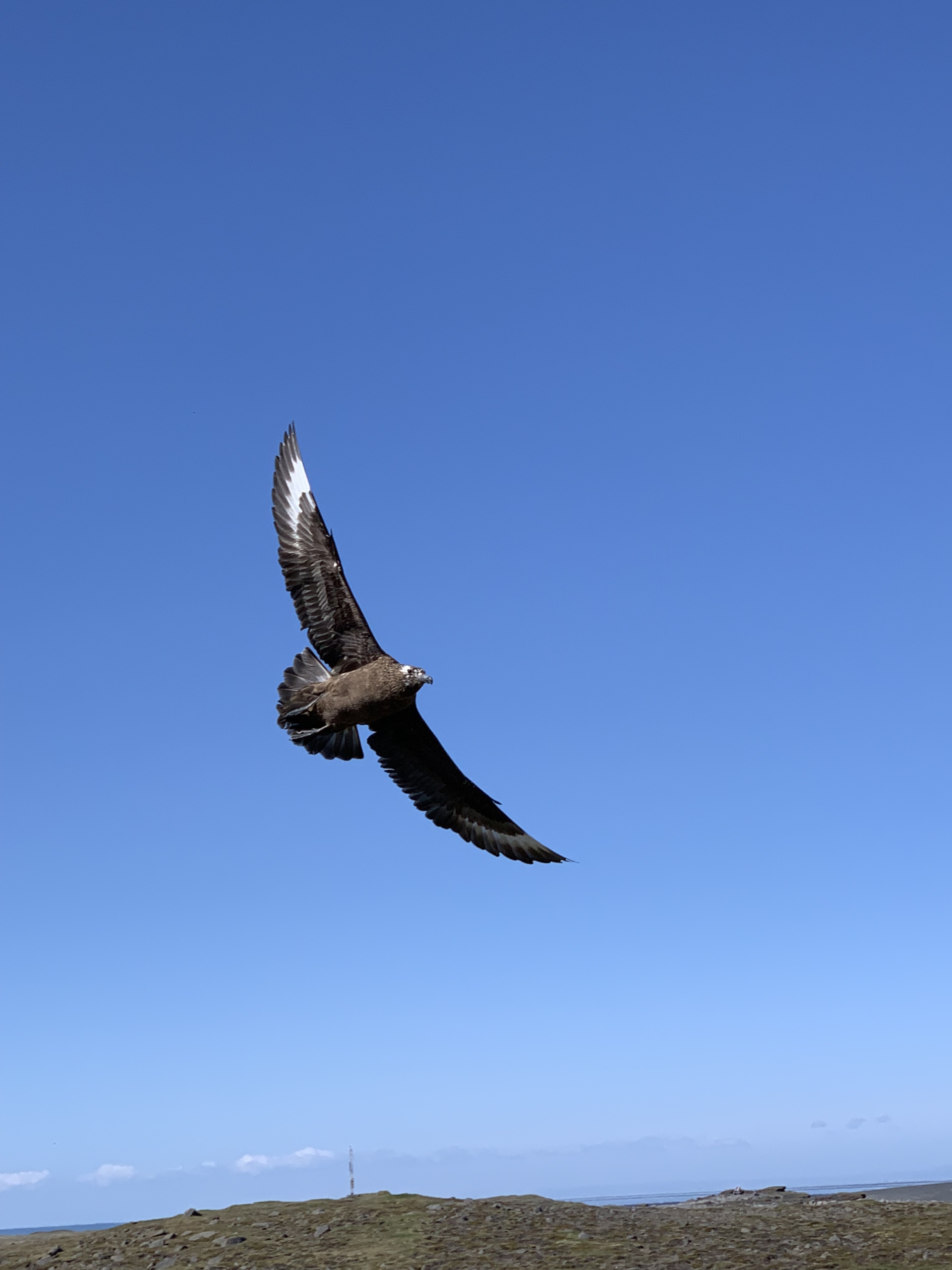
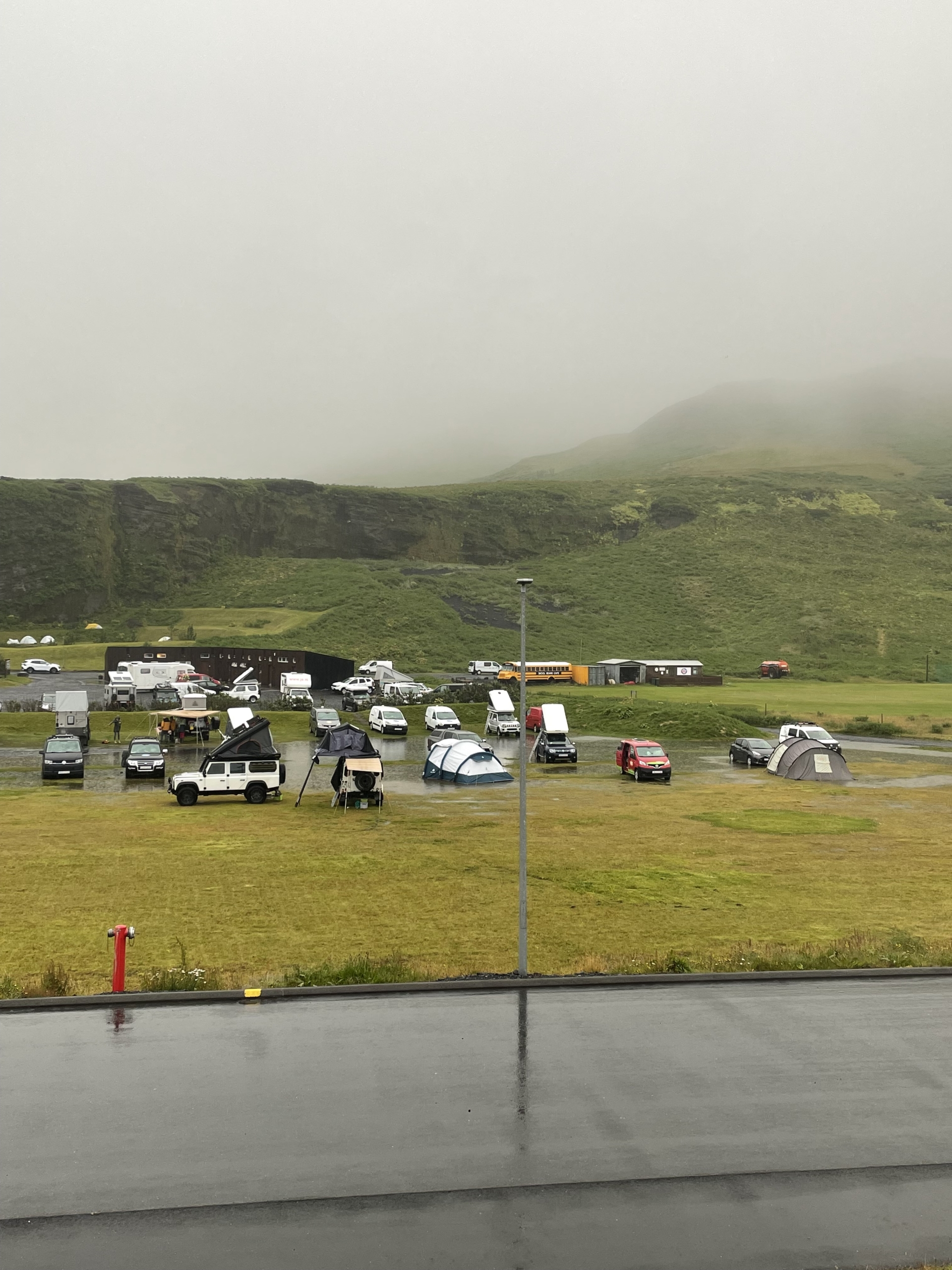
CLIMATE AND CLOTHING
Climate Clothing Iceland – Dress Code Iceland: Iceland’s dynamic climate is notorious for changing rapidly. Locals often say, “If you don’t like the weather right now, just wait five minutes,” highlighting the strong variability of the Icelandic weather. One may occasionally experience all four seasons in a single day: sunshine and mild temperatures, windy, cool temperatures and rain, snow and temperatures below zero degrees Celsius. This is due to Iceland’s location at the border between Arctic and temperate seas and the collision of cold air masses from the Arctic and warm air masses from lower latitudes.
Temperature: During the summer months (June – August), the average day temperature ranges from 10 – 15C (50 – 60F), but higher or lower temperatures are not uncommon. Rain and high winds are expected occasionally. Winter temperatures can be anywhere from +10C to -15C, but the average temperature in January is around zero (32F).
Ocean currents and sea temperatures: Despite Iceland’s location just south of the Arctic Circle (63-67°N and 18-23°W), it has a milder climate than expected. The Irminger Current, a branch of the Gulf Stream, flows along the southern and western coast, significantly moderating the climate. The East Icelandic Current, a branch of the cold East Greenland Current, approaches Iceland’s northeast- and east coasts, influencing coastal sea surface temperatures around Iceland. During the coldest months (January-March), sea temperatures are generally close to +2°C. During the summer, sea temperatures rise to over +10°C at the south- and west coasts, slightly over +8°C at the north coast and remain below +8°C at the east coast. However, during years with heavy sea ice off northern Iceland, summer sea temperatures can remain close to winter temperatures.
Clothing: Given Iceland’s variable weather, travelers should be prepared for everything. We recommend wearing many layers, warm clothing, Gore-Tex rain gear, warm hats and gloves, and sturdy shoes any time of the year, especially if you plan to do some walking and enjoy the sights.
CUISINE
Important parts of Icelandic cuisine include lamb, dairy, and fish, thanks to Iceland’s proximity to the ocean. Popular foods in Iceland include skyr, hangikjot (smoked lamb), kleinur, laufabraud, and bollur. Thorramatur is a traditional buffet served at midwinter festivals called Thorrablot, and it contains a selection of traditionally cured meat and fish products served with rugbraud (dense, dark, and sweet rye bread) and brennivin (an Icelandic akvavit). Much of the taste of this traditional country food is determined by the preservation methods used, such as pickling in fermented whey or brine, drying, and smoking.
Modern Icelandic chefs usually emphasize the quality of the available ingredients rather than age-old cooking traditions and methods. Therefore, there are many restaurants in Iceland that specialize in seafood, and at the annual Food and Fun chef’s competition (since 2004), competitors create innovative dishes with fresh ingredients produced in Iceland. Points of pride are the quality of the lamb meat, seafood, and, more recently, skyr. Other local ingredients that form part of the Icelandic chef’s store include seabirds and waterfowl (including their eggs), salmon and trout, crowberry, blueberry, rhubarb, Iceland moss, wild mushrooms, wild thyme, lovage, angelica, dried seaweed, and a wide array of dairy products.
Animal products dominate Icelandic cuisine. However, the popular taste has developed to become closer to the European norm, and consumption of vegetables has greatly increased in recent decades while consumption of fish has diminished. Fresh lamb meat remains very popular, while traditional meat products, such as various types of sausages, have lost a lot of their appeal with younger generations.
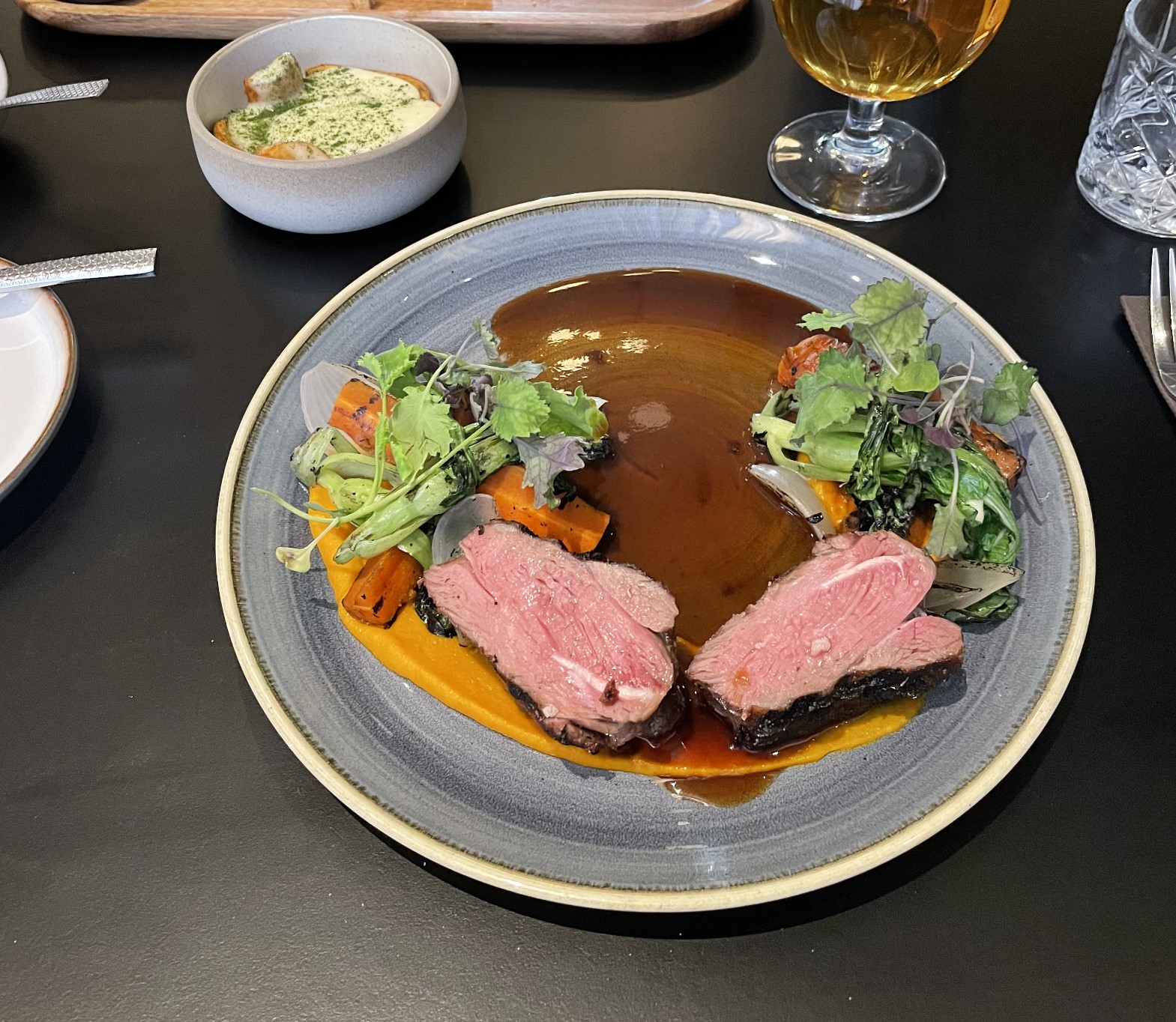

CULTURE
The Icelandic tradition of saga-writing dates back to the 11th century with stories recounting the nation’s origins in the Book of the Icelanders and the Book of Settlements. In the 12th century, sagas of kings began to emerge, culminating in Snorri Sturluson’s Heimskringla, a history of the kings of Norway. The most remarkable form of old Icelandic literature, however, were the Sagas of the Icelanders, written in the 13th century, depicting conflicts, love, and thwarted ambition in a highly realistic manner. These sagas were written in prose and employed a narrative technique similar to that of modern novels, with characters speaking in direct speech and their thoughts implied by their external behavior.
Other types of sagas and poetry were also prevalent, making Icelandic literature a significant contribution to world literature. The sagas have been translated into major languages and are still studied and read worldwide. Literature remains an essential part of Icelandic culture, and many contemporary Icelandic writers have gained international recognition, including Halldor Laxness, who was awarded the Nobel Prize in literature in 1955.
Icelandic culture also encompasses traditional arts such as weaving, silver crafting, and wood carving. The Reykjavik area has several professional theaters, an opera, a symphony orchestra, numerous art galleries, bookstores, cinemas, and museums. The country’s literacy rate is among the highest in the world, and its people are known for their love of literature, art, chess, and other intellectual pursuits.
Icelandic music is related to Nordic music and includes vibrant folk and pop traditions, with notable groups such as medieval music ensemble Voices Thules and folk band Islandica. Successful musical acts from Iceland include the Sugarcubes, from which the famous singer Björk hails, as well as Sigur Ros and Of Monsters and Men.
GEOLOGY AND NATURE
The geology of Iceland is a topic of great interest for geologists due to its unique characteristics. The country is situated on the geological boundary between the Eurasian plate and the North American plate, as well as above the Iceland plume hotspot which is responsible for the formation of the island itself. This has resulted in a landscape of volcanic activity and geothermal features, such as geysers. Additionally, Iceland’s location in the northern hemisphere has led to the formation of numerous glaciers, which are now threatened by the effects of global warming.
Despite its awe-inspiring geology, Iceland is also subject to frequent and devastating volcanic eruptions and earthquakes. The eruption of Laki in 1783, for example, caused significant damage and loss of life, and even impacted parts of Europe. In more recent times, the volcanic eruption that occurred from 1963 to 1967 resulted in the formation of a new island, Surtsey, on the southwest coast. Additionally, the 2010 eruption of Eyjafjallajokull had a significant impact on air travel throughout Europe, causing widespread disruption.
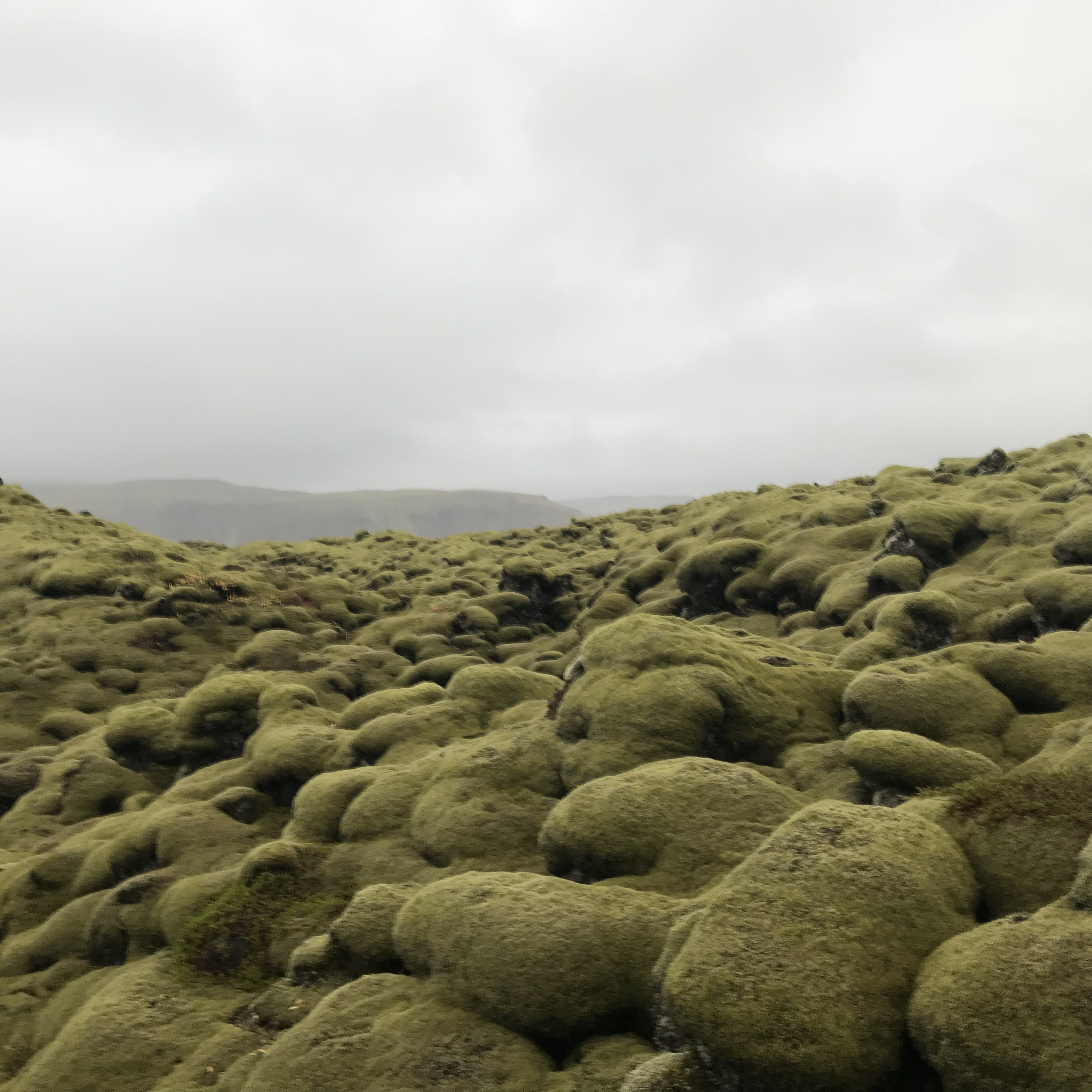
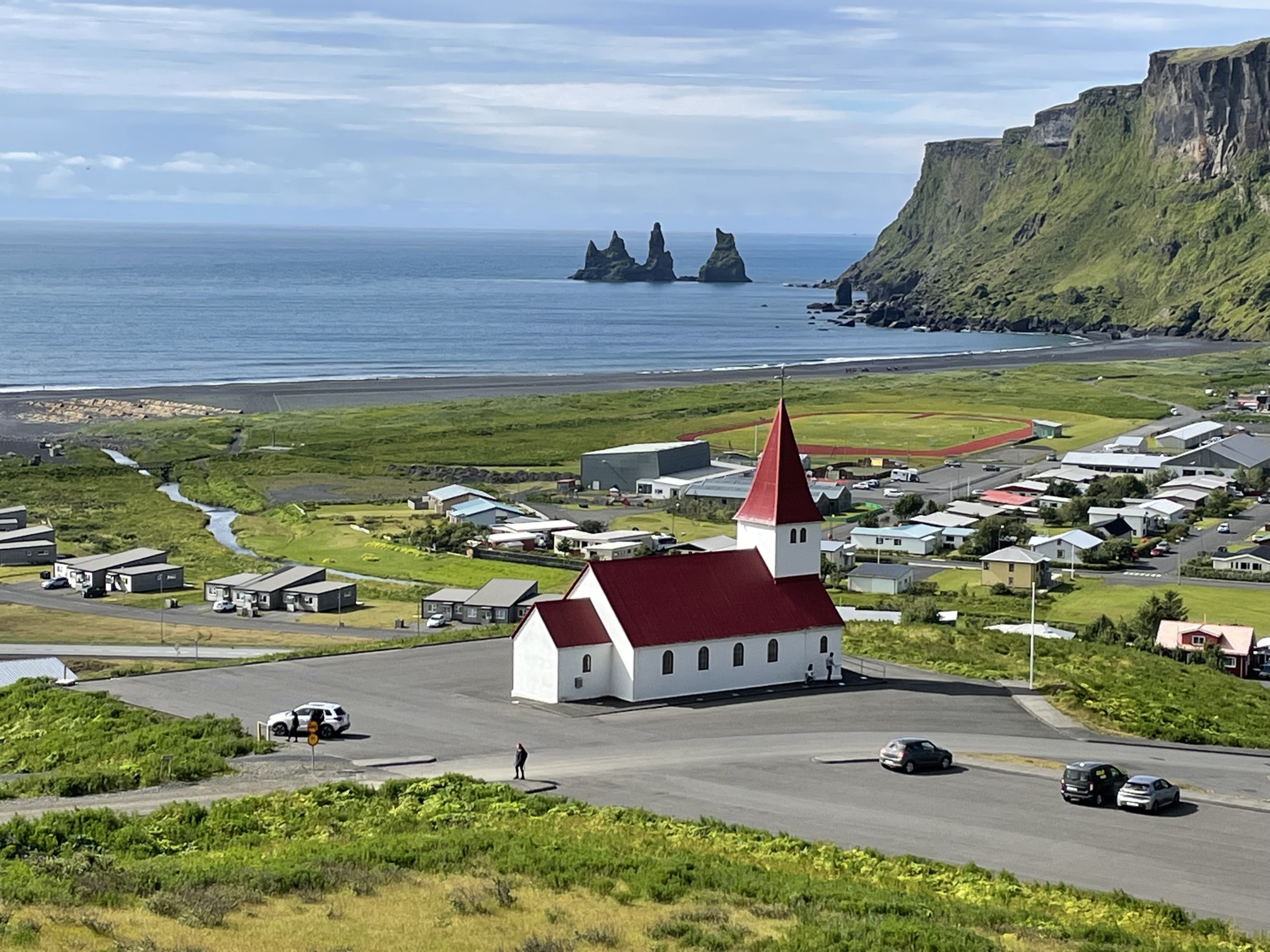
HISTORY
Iceland was the last European country to be settled between 870 and 930 AD, with the majority of settlers being of Norse origin, though many women were of Celtic origin. During this time, Norway was being unified into a single kingdom under Harald the Fairhair, and many of the first settlers were Norwegian Magnates who had fled the king’s rule.
In 930, the Icelanders established the Althing, which served as their parliament. Meetings were held every summer at Thingvellir, and 36 chieftains (later 39) attended. These chieftains could require every ninth self-supporting farmer to attend sessions with them, and the Althing had legislative and judicial powers, but there was no executive power such as king, military, or police. The parliamentary sessions were also social occasions that included games and entertainment, which attracted many other men and women.
The Lawspeaker, elected for a three-year term, presided over the parliamentary sessions and had the duty of memorizing and reciting the laws before they were written down. The chieftains sat in the Logretta (Law Council), with each accompanied by two advisers. Spring assemblies were held in the regions, and three chieftains attended each assembly, primarily for judicial purposes. Chieftains nominated farmers to judge cases arising within their districts.
The period from 930 to 1262 is known as the Old Commonwealth. Vikings continued their westward progress beyond Iceland and observed another land farther west. In the late 10th century, Erik the Red established a permanent settlement in Greenland, and his son, Leif Eriksson, later discovered America.
The first settlers were pagans who believed in Norse Gods, such as Odin, Thor, Freyr, Frigg, and Freyja. Christian missionaries arrived in Iceland in the late 10th century, and Christianity gained ground soon after. At the parliamentary session in 1000, the situation became critical when two equally large factions, heathen and Christian, could not agree on common jurisdiction. The general assembly eventually solved this crisis by agreeing that everyone should take the Christian religion, a remarkable solution as most conquered peoples were forced to adopt Christianity by victorious kings.
In the 13th century, several powerful families fought for control of Iceland, pushing the country to the brink of a civil war. To preserve peace, it was decided to give up Iceland’s independence to the King of Norway in 1262. Iceland remained part of the Norwegian Kingdom until Denmark took power in Norway in the 16th century. Iceland remained part of the Danish Kingdom until 1944, when the Icelandic Democratic Republic was established.
The history of the Icelanders is marked by a harsh climate and rough nature, including volcanic eruptions and arctic winters that periodically wiped-out livestock and part of the population. Geographical isolation helped Iceland preserve its language and created the basis for national identity and unique classical literature, such as the Icelandic Sagas. More information about Icelandic culture can be found under the “Culture” heading.
NORTHERN LIGHTS
The awe-inspiring natural light displays in the sky, also known as the Aurora Borealis, are a truly magical phenomenon. They occur in a zone extending over Iceland, northern Scandinavia, and Greenland, continuing over northern Canada, Alaska, and Siberia. The appearance of these lights is mainly caused by the number of sunspots on the surface of the Sun. The strength of the auroras is based on the number of sunspots occurring at any given time. The more sunspots, the better the chances of witnessing the auroras.
If you are planning to see the Northern Lights in Iceland, it’s important to note that they are not visible during the bright summer nights. However, the period from mid-September to early April offers the best possibilities of experiencing the lights. It’s important to check the forecast and plan your trip accordingly, as weather conditions and other factors can impact the visibility of the auroras. Whether you’re an amateur astronomer or simply an admirer of natural beauty, the Northern Lights in Iceland are a must-see spectacle.
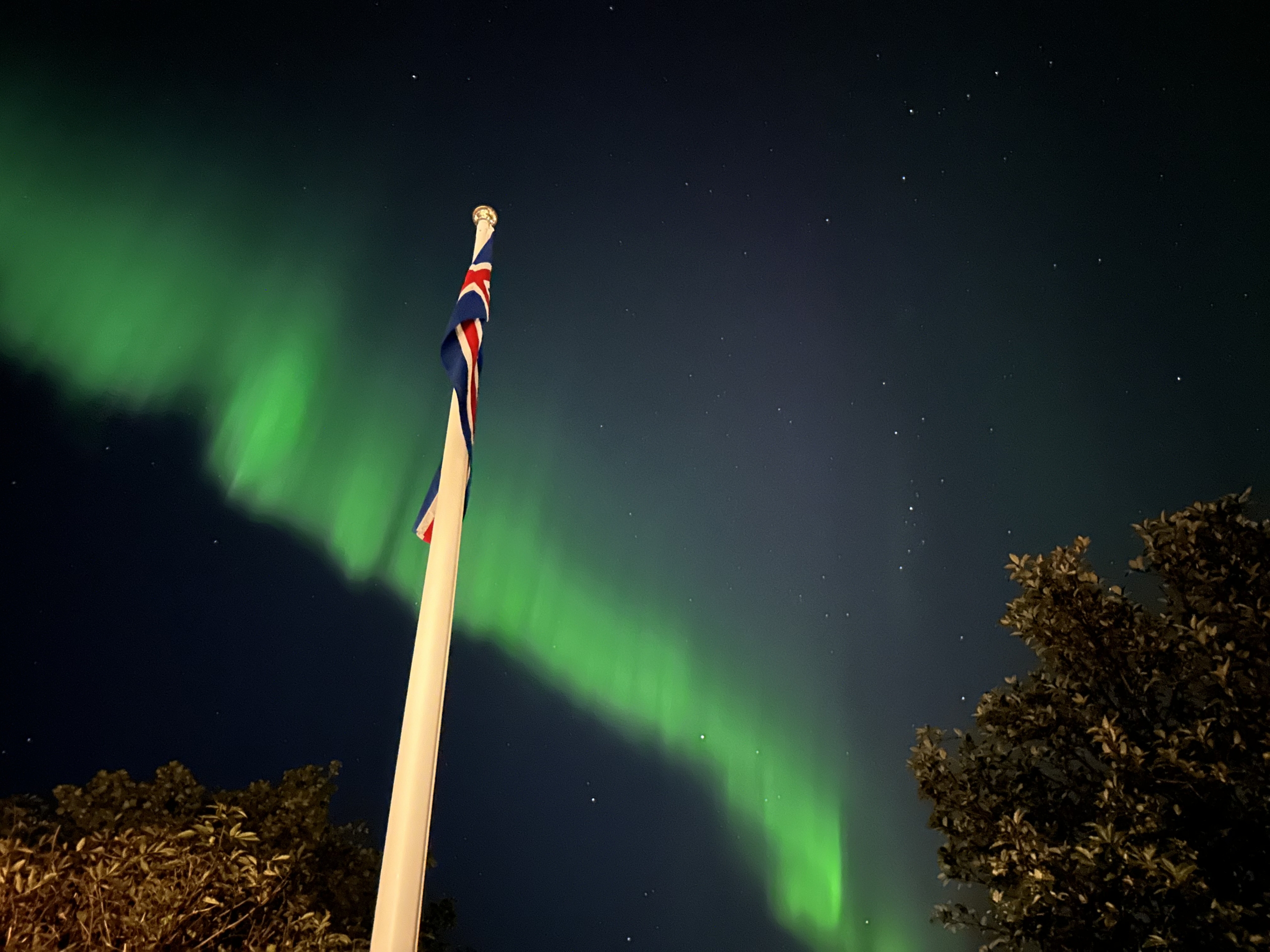

SOME FACTS
Iceland, an island country located in the North Atlantic Ocean, sits 300 km east of Greenland and 900 km west of Norway. The main island, south of the Arctic Circle, covers an area of 103,000 square km, equivalent to the U.S. state of Kentucky or slightly larger than Ireland. Glaciers cover more than 10 percent of Iceland’s terrain, including Vatnajokull, the biggest glacier in Europe. The country’s volcanic origin contributes to its natural features, such as geysers, hot springs, and vast lava fields. In 2010, the eruption of Eyjafjallajökull volcano garnered worldwide attention. Iceland utilizes its numerous rivers and waterfalls for generating inexpensive and environmentally friendly hydroelectric energy.
Iceland’s climate is subarctic in the southern coastal area and tundra inland in the highlands. The island lies in the North Atlantic Current’s path, giving it a milder climate than expected for its latitude just below the Arctic Circle. The Irminger Current, a Gulf stream branch, further moderates the island’s temperature. The weather in Iceland can be notoriously variable, with sudden changes and frequent rain and snowfall. Additionally, the island experiences the stunning natural phenomenon of the aurora borealis in winter and the midnight sun in summer.
Iceland’s landscapes range from deep fjords and volcanic deserts to black sand beaches, snow-capped mountains, and breathtaking waterfalls, shaped by natural forces. The country remains mostly unspoiled due to its sparse population. Iceland’s population of approximately 390,000 is concentrated in Reykjavík and its metropolitan area, where two-thirds of the people reside. Icelandic is the official language, a North Germanic language related to other Scandinavian tongues like Danish and Norwegian, but English is widely spoken and understood.
Iceland’s history began in the 9th century when Vikings led by Ingolfur Arnarson built the first permanent Norse settlement in Reykjavík in 874. The sagas of Icelanders describe the centuries that followed the settlement of Iceland, mostly written around the 13th century. Iceland fell under Norwegian and later Danish rule before proclaiming independence in 1944, adopting a parliamentary republic regime.
Today, Iceland is one of the wealthiest, most developed, and cleanest countries globally, with over three-quarters of its energy consumption derived from hydroelectric and geothermal sources. However, its small size and location in the middle of the North Atlantic make Iceland’s economy highly volatile. The Icelandic króna is the currency used, and exchange rates vary. Iceland is also home to a vibrant cultural life and a flourishing art scene, as evidenced by its numerous museums, art galleries, and the recent opening of the Harpa concert hall in Reykjavik.

